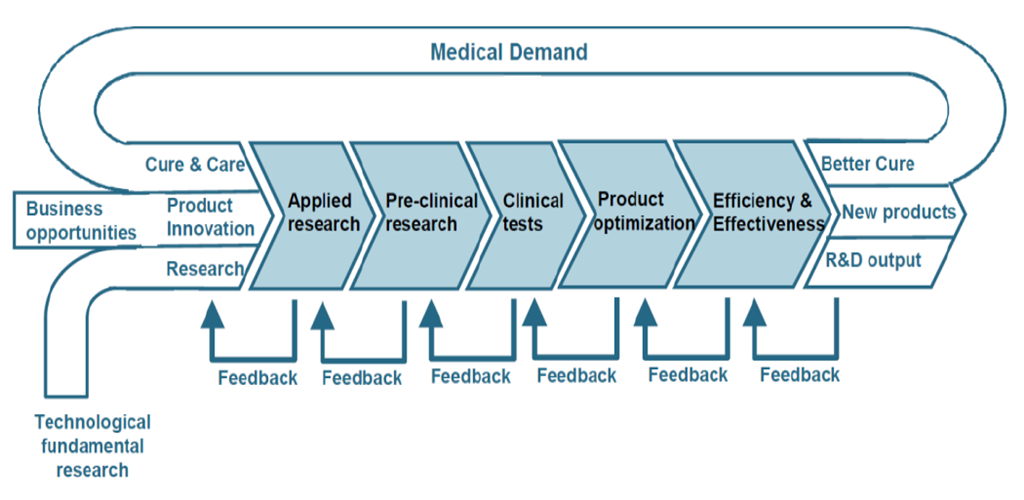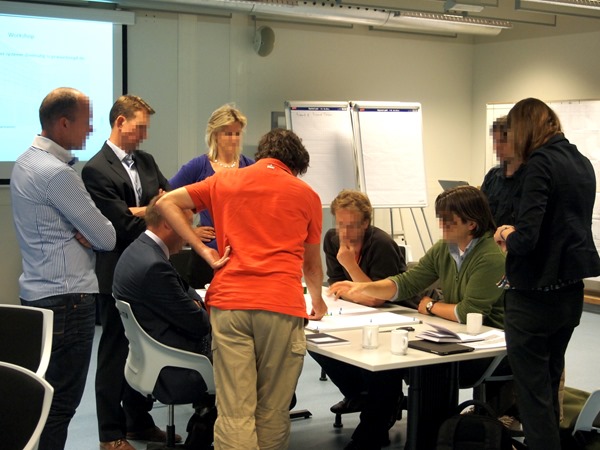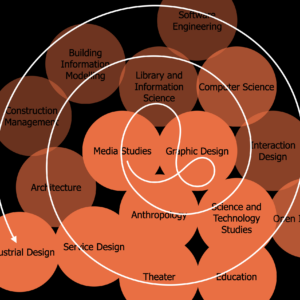Knowledge production in ancient Greece was the privilege of a few men. They had slaves of their own or they benefit indirectly from slave labor. By handling the basic activities of survival to slaves, they could concentrate on the higher activity of thinking. Already in Greece, there was a divide between those who possess knowledge and those who don’t.

Since the Renaissance, this divide is progressively being reduced in Western societies. The printing press enabled the mass production of information in the shape of books, making it more widely available. This development was followed by the opening of schools for everybody. Libraries were also opened to support schools and curious people. The encyclopedia and the libraries were the first attempts to concentrate information in a single spot.

Today we have a whole range of different devices to convey information, up to the point of causing information overload. Information can be mass produced, but not knowledge. Knowledge is achieved only after making sense of all these information, after going through the previously acquired information and relating the new with some degree of reflection.

There is little to be done about information overload at the individual level. The max a person can do is to consume less information. However, if the person is part of a group of people receiving similar information it is possible to manage information overload at the collective level. That is what organizations are striving to do: connecting individuals by their information acquisition and production patterns.
This is very important for companies once the economic competition became tied to the production of knowledge. However, knowledge is not the same as information, as previously stated. The existence of a medium to share information does not guarantee sharing knowledge. This is because information hardly provides any knowledge when it is out of context.

The competition for the production of knowledge sets out innovation as the pursued advantage. From that, the creation of new knowledge becomes more important than sharing the existing knowledge across the organization.
Organizations which in the past failed to implement systems of knowledge transfer and knowledge sharing are now trying something different: the co-creation of new knowledge. That means people from different departments, backgrounds, and disciplines join efforts to learn something new, something that is not yet there to be learnt, something that has in fact to be created while learning.
In my PhD, I studied a medical imaging center which had this objective of promoting the co-creation of knowledge among technology companies, educational institutions, and care providers.

In my intervention, I suggested that the co-creation of knowledge could start even before the center was built by involving the stakeholders in the design of the center. They came and evaluated the floor plans for the building according to their previous knowledge in similar facilities.

The floor plan was collaboratively redesigned with the stakeholders while co-creating knowledge about the center activities. This resulted in a new corridor of 156m2 for staff circulation. Staff could now encounter each other casually and discuss the daily happenings, something that could perhaps end up in the co-creation of new knowledge.

The collaborative redesign was not only informed by the co-creation of knowledge, though. There was also the issue of optimizing the work procedures so that the expensive scanning machines would be kept busy all the time. This was necessary to make the center financially viable. Dealing with these opposing demands has proven difficult since they would lead to completely different designs on their own.
The floor plan above could be considered more balanced than before, yet this was not enough to convince the care providers to sign up for the project. The medical imaging center project as shown above ended up being cancelled, a major failure in setting up the partnership. In the next post, I’ll talk about the optimization of work procedures mindset that hampered the project.
